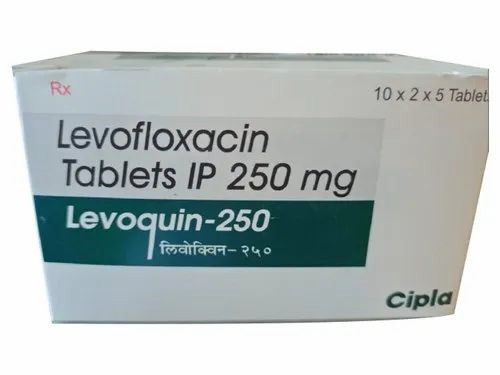A client has been taking aspirin 325 mg six to eight times a day for the past two weeks to control pain from a knee injury.
Which symptom reported by the client should the nurse report to the health care provider (HCP) for priority follow-up?
Tarry-colored stools.
Swelling of the leg and knee.
Right upper quadrant discomfort.
Bruising around the injured knee.
The Correct Answer is A
This is because aspirin can cause gastrointestinal bleeding, ulceration, and perforation as side effects. Tarry-colored stools indicate the presence of blood in the stool, which is a sign of bleeding in the upper gastrointestinal tract.
This is a serious condition that requires immediate medical attention.
Choice B. Swelling of the leg and knee is wrong because it is not related to aspirin use.
It may indicate inflammation, infection, or injury of the leg and knee, but it is not a priority symptom to report to the HCP.
Choice C. Right upper quadrant discomfort is wrong because it is not related to aspirin use.
It may indicate liver or gallbladder problems, but it is not a priority symptom to report to the HCP.
Choice D. Bruising around the injured knee is wrong because it is not related to aspirin use.
It may indicate trauma, bleeding disorders, or coagulation problems, but it is not a priority symptom to report to the HCP.
Normal ranges for bleeding time are 2 to 7 minutes. Normal ranges for PTT are 25 to 35 seconds. Normal ranges for liver enzymes are AST 10 to 40 U/L and ALT 7 to 56 U/L.
Nursing Test Bank
Naxlex Comprehensive Predictor Exams
Related Questions
Correct Answer is ["A","C","E"]
Explanation
Diazepam is a benzodiazepine that can cause central nervous system depression, which can manifest as decreased blood pressure, impaired physical coordination and respiratory depression. These signs and symptoms are consistent with benzodiazepine intoxication and may require treatment with flumazenil, a benzodiazepine receptor antagonist.
Choice B is wrong because increased temperature is not a sign of benzodiazepine intoxication. Benzodiazepines can cause hypothermia, or low body temperature, due to vasodilation and decreased metabolic rate.
Choice D is wrong because nausea and appetite loss are not signs of benzodiazepine intoxication. Benzodiazepines can cause gastrointestinal effects such as constipation, dry mouth and increased appetite.
Correct Answer is D
Explanation
Levofloxacin (Levaquin) is a fluoroquinolone antibiotic that is not structurally related to penicillin and has a very low risk of cross-reactivity with penicillin.

Levofloxacin can be safely used in patients with penicillin allergy unless they have a history of hypersensitivity to other fluoroquinolones.
Choice A is wrong because cephalexin (Keflex) is a first-generation cephalosporin that has a similar side chain to some penicillins and may cause cross-reactivity in penicillin-allergic patients. The risk of cross-reactivity is higher for first- and second-generation cephalosporins than for third- and fourth-generation cephalosporins.
Choice B is wrong because cefaclor (Ceclor) is a second-generation cep
Whether you are a student looking to ace your exams or a practicing nurse seeking to enhance your expertise , our nursing education contents will empower you with the confidence and competence to make a difference in the lives of patients and become a respected leader in the healthcare field.
Visit Naxlex, invest in your future and unlock endless possibilities with our unparalleled nursing education contents today
Report Wrong Answer on the Current Question
Do you disagree with the answer? If yes, what is your expected answer? Explain.
Kindly be descriptive with the issue you are facing.
